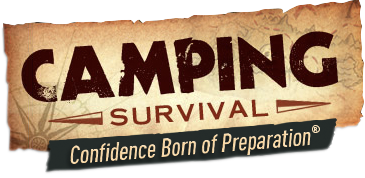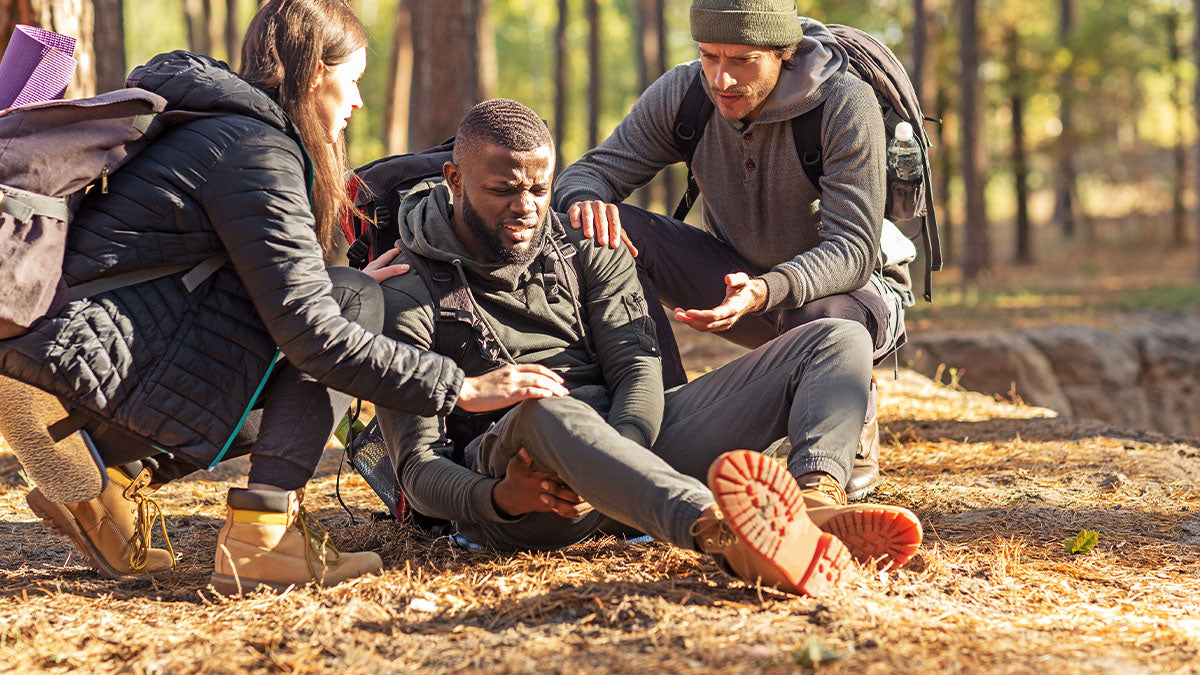Blisters: those tiny, painful nuisances that can turn a memorable trek into a painful ordeal.
While hiking and exploring nature is a rewarding and invigorating experience, an unexpected blister can dramatically hinder your enjoyment. Add a blister to a survival situation, and you could seriously affect your ability to survive.
Fortunately, with a bit of preparation and knowledge about prevention and remedies, you can enjoy the trails without the blisters.
In this article, we'll walk you through essential blister prevention techniques and remedies that every hiker and outdoor survivalist should know so you can survive in the outdoors blister-free.

Blister Prevention on the Trail
Prevention is by far your best bet when it comes to blisters. You may not always be successful, but prevention should help increase the amount of time you have without blisters—and make your blisters less severe.
1. Invest in Proper Footwear
Your feet are your best hiking companions, and they deserve the best protection. Before stepping onto any trail, prioritize purchasing high-quality, well-fitting shoes or boots specifically tailored for hiking. Shoes that don't fit just right—either hugging too tightly or slipping around loosely—can be primary culprits for causing blisters.
Breaking in your new footwear is a crucial step. Wear them for shorter walks or around the house before they make their debut on the trail. This ensures that the shoes mold to the contours of your feet, reducing the chances of unexpected friction.
This is also beneficial for survival situations. If you have to leave your home because of an emergency, having the right footwear will make trekking through rough terrain that much easier.
2. Wear Specialized Socks
The role of socks in preventing blisters cannot be overstated. Opting for moisture-wicking socks ensures a snug fit, crucial for reducing the dreaded foot friction.
While cotton may feel soft, synthetic or wool blends are your best bet while hiking. They efficiently wick away moisture, keeping your feet dry and free from potential blister-causing dampness. The market is replete with hiking-specific socks designed for different terrains and weather conditions. Investing in a couple of pairs will make your hikes considerably more comfortable.
We recommend adding a couple of pairs to your 72-hour kit and go-bag to ensure you have clean, dry socks when you need them most.

3. Keep Your Feet Dry
Moisture is a silent enemy when it comes to blister prevention. Soft, damp skin can easily chafe, leading to painful sores. To combat this, consider applying foot powders or antiperspirant which can help reduce sweating.
If you're planning a lengthy hike or are out on an exceptionally warm day, packing an extra pair of socks can be a lifesaver. Swapping out damp socks for a dry pair can instantly refresh your feet and reduce the risk of blisters.
4. Tape or Use Specialized Pads
Some hikers know from experience where their feet are most vulnerable. If you're one of them, consider taping these areas before you even begin your hike. This preemptive measure can significantly reduce friction in these spots.
On the other hand, if you feel a "hot spot" (a precursor to a blister) forming while on the move, products like moleskin or specialized blister pads can provide immediate relief. They act as a protective barrier, preventing your conditions from escalating.
In a survival situation, you may not have time to prepare your feet before leaving your home. For this reason, we recommend keeping blister tape, moleskin, or blister pads in your go-bag. This will allow you to keep any potential blisters in check while you’re on the run.
5. Choose the Right Trail
Believe it or not, the trail you pick can influence blister formation.
If you're not used to uneven or steep terrains, such trails can make your feet work in ways they aren't accustomed to, leading to blisters.
Start with flatter terrains and gradually challenge yourself as your feet get trained for the trail.
6. Regular Rests and Foot Checks
During longer hikes, make it a practice to stop and rest, giving your feet a breather.
Remove your shoes, air out your feet, and check for any signs of hot spots. Addressing these early can prevent a full-blown blister.
Related Read: Hiking Hacks Everyone Can Use

Blister Remedies on the Trail
Even with the best prevention strategies, blisters can still form. Here's what you can do to treat them when they appear:
- Clean and Protect: If you notice a blister forming, the first step is to clean the area. Add portable antiseptics to your gear for the perfect on-the-go treatment. Once clean, protect the blister from further friction with a blister pad or moleskin. If the blister isn’t too painful or not in a location that will get irritated by your shoes, it’s often best to keep the blister intact.
- Drain Large Blisters Carefully: If a blister is large and painful, you may need to drain it. First, clean the blister and your hands. Sterilize a needle with an antiseptic wipe. Gently puncture the blister at its edge, allowing the fluid to drain, but leave the overlying skin intact. This skin provides a protective layer over the raw skin underneath.
- Apply Antiseptic and Dressing: Once drained, apply a bit of antiseptic ointment, then cover with a bandage or blister pad. Our all-in-one first aid kits contain everything you need for this process, packed into a convenient, color-coded backpack for easy access.
- Consider Changing Footwear or Socks: If you're getting multiple blisters, it might be a sign that your shoes or socks aren't appropriate for the conditions or the shape of your feet. If possible, change into a different pair of socks or shoes.
- Rest and Elevate: Whenever you get a chance, take off your shoes and socks, then let your feet breathe. Elevating them can help reduce swelling around blisters.
Final Thoughts
Never underestimate the pain and inconvenience a blister can cause, especially when you're miles away from civilization—or simply a convenient spot to rest.
By taking the time to prevent blisters and learn how to treat them if they appear, you can focus on survival rather than the pain in your feet.
Remember, the wilderness is calling! With the right preparations, you can answer that call without the hindrance of painful blisters. Safe and happy trails to you!


0 comments